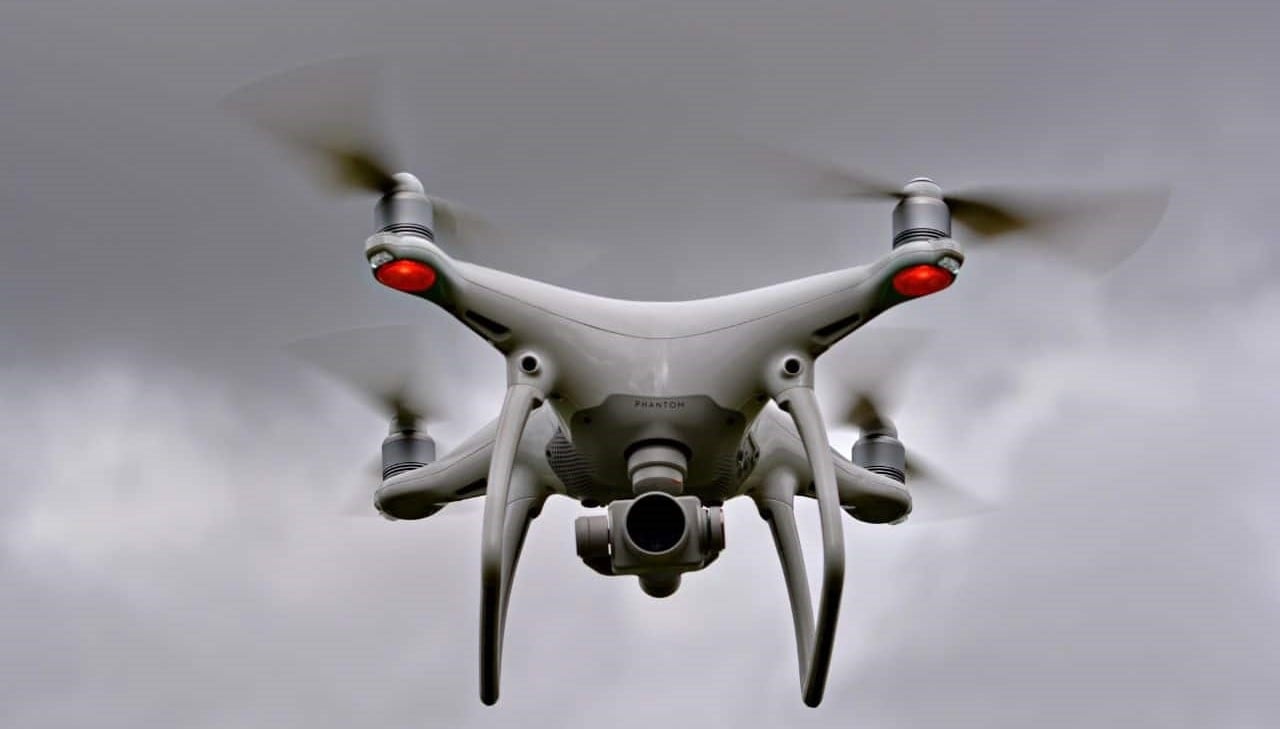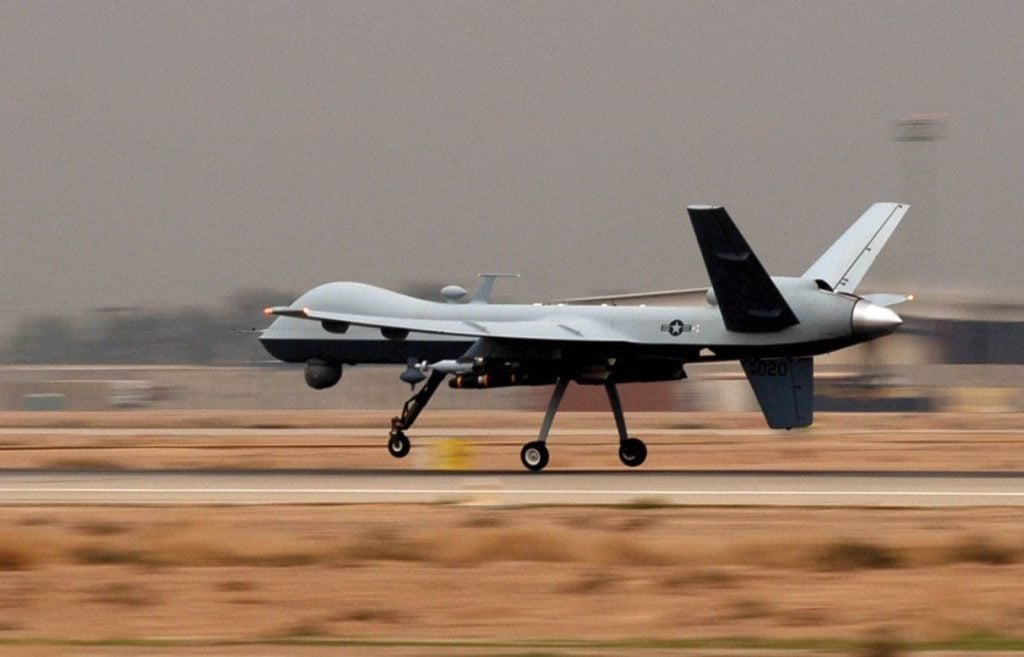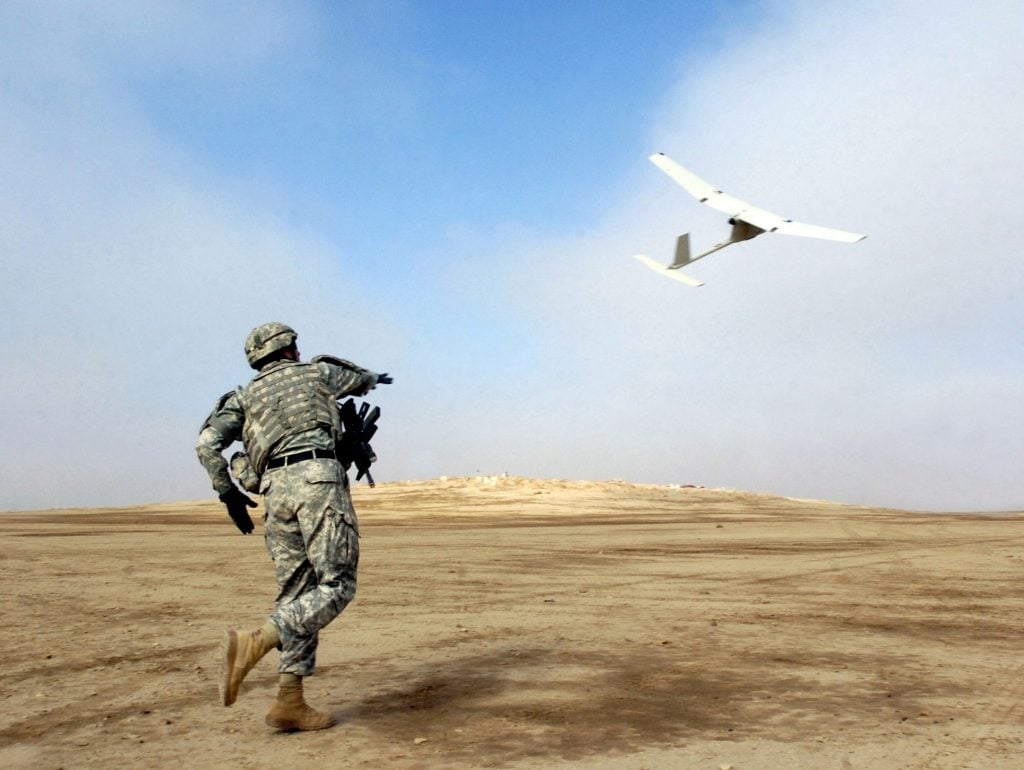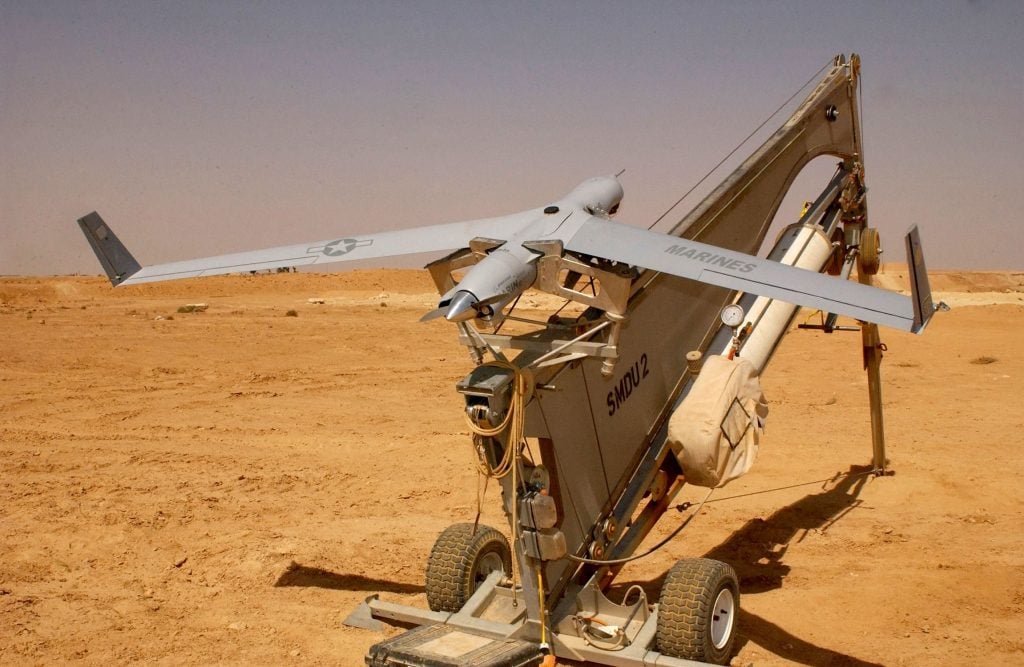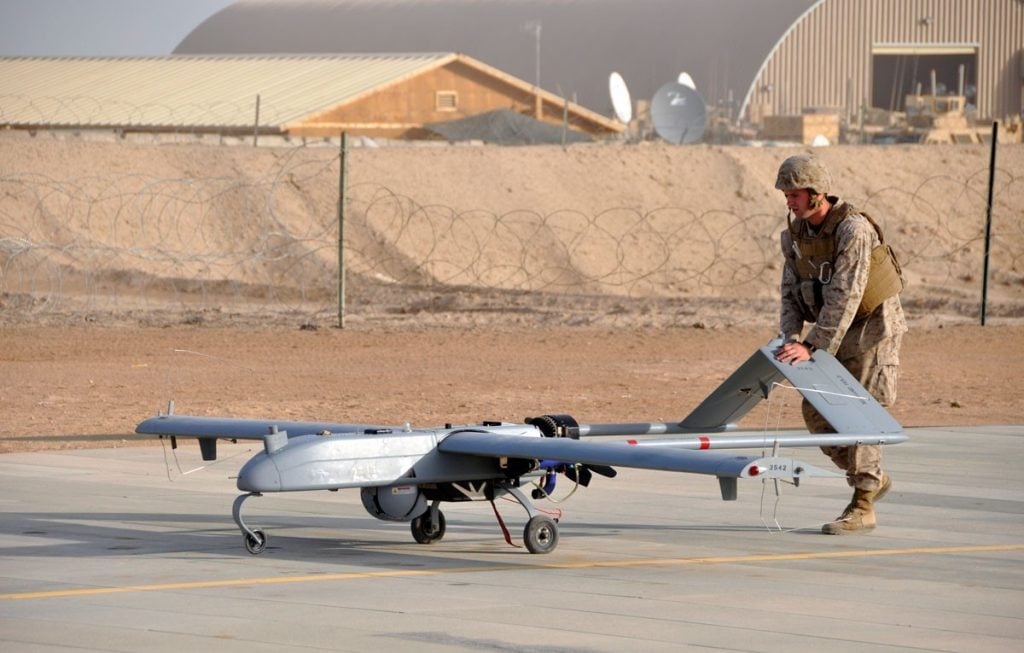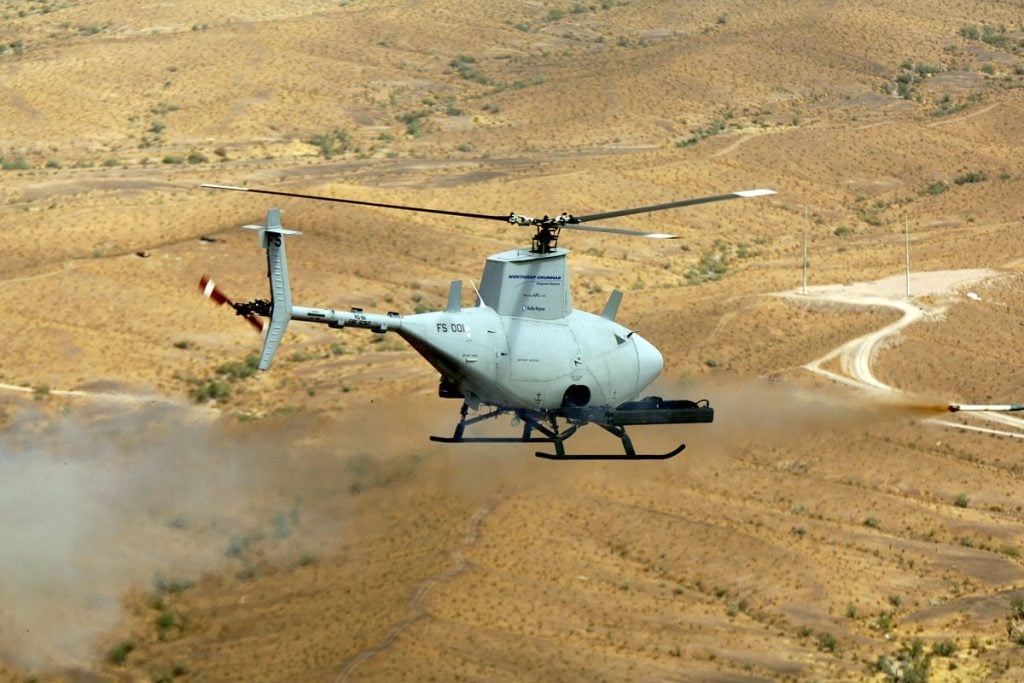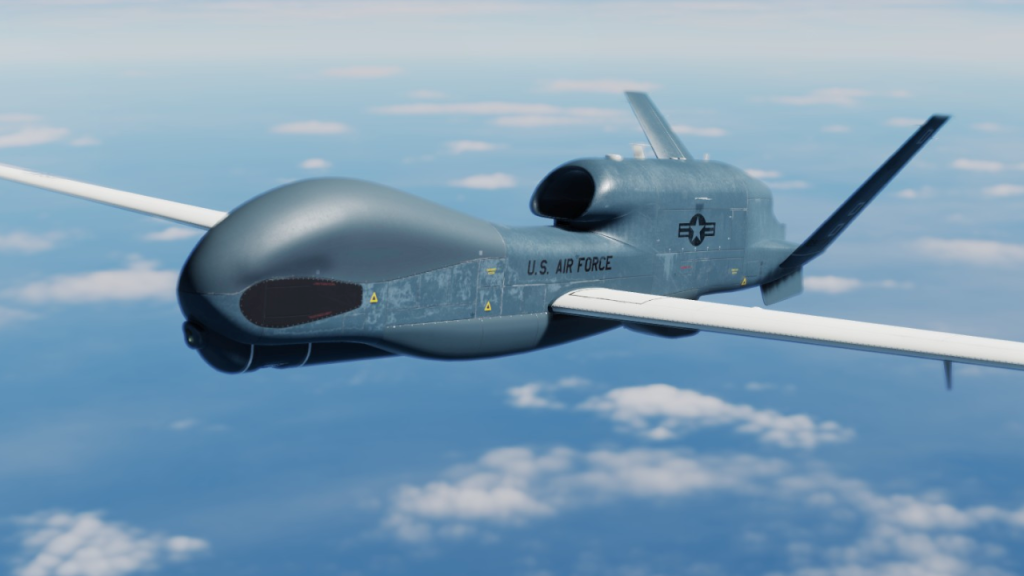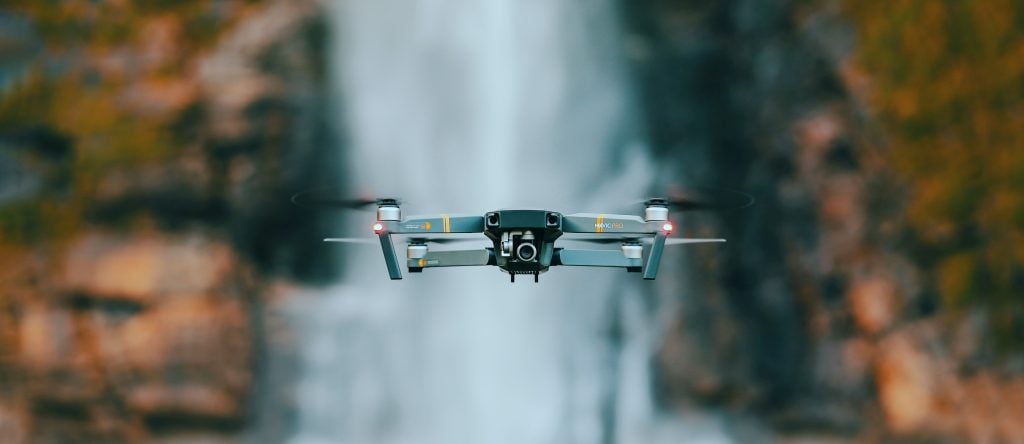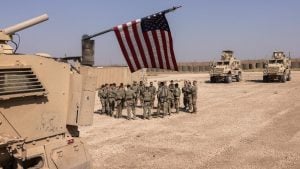The world of military drones is a captivating and rapidly evolving landscape, with a dizzying array of unmanned aerial systems (UAS) at the disposal of modern armed forces. From small, hand-launched reconnaissance platforms to sophisticated, long-range strike vehicles, the US military has meticulously categorized these aerial assets into five distinct groups, each with its own unique capabilities and applications. As the use of drones continues to redefine the face of warfare, it is crucial for defense enthusiasts and industry professionals to understand the nuances and capabilities of these different drone categories. In this comprehensive article, we will delve into the Know the 5 Types of Drones Used by the US Military, exploring the defining characteristics, examples, and the evolving role of drones in the modern military landscape.
5 American Cities Perfect for Military Aviation Enthusiasts
Group 1
At the lower end of the spectrum, Group 1 drones represent the smallest and most compact members of the US military’s unmanned aerial arsenal. These diminutive platforms, often weighing less than 20 pounds, are primarily employed for local reconnaissance missions at the company level, boasting a range of just a few miles and an operating altitude below 1,200 feet.
Examples of Group 1 drones include the ubiquitous RQ-11 Raven, the versatile WASP, and the agile Puma, all of which have proven invaluable in providing real-time intelligence and situational awareness to ground forces. While these small drones have revolutionized warfare in recent conflicts, such as the ongoing war in Ukraine, they are also facing increasing countermeasures that may limit their effectiveness in the near future.
Group 2
Stepping up in size and capability, Group 2 drones represent the next tier of unmanned aerial systems in the US military’s arsenal. With a maximum takeoff weight between 21 and 55 pounds, these platforms boast longer ranges and greater endurance compared to their Group 1 counterparts. Examples of Group 2 drones include the acclaimed ScanEagle, the versatile Flexrotor, and the multi-mission SIC5 and PDW C100. These drones are often employed for extended surveillance and reconnaissance missions, with some variants even capable of carrying weapon payloads.
The increased range and capabilities of Group 2 drones make them valuable assets in a wide range of military operations, from maritime patrols to battlefield monitoring.
Group 3
Bridging the gap between smaller reconnaissance platforms and larger strike vehicles, Group 3 drones represent a versatile class of unmanned aerial systems. With a maximum takeoff weight under 1,320 pounds and the ability to operate below an altitude of 18,000 feet, these medium-sized drones can carry a variety of payloads while maintaining a relatively small footprint.
Examples of Group 3 drones include the Shield AI, the V-BAT, the RQ-7B Shadow, and the RQ-21 Blackjack, all of which have been deployed by the US military for tasks ranging from surveillance and target acquisition to battle damage assessment. The modular and multi-mission capabilities of these drones make them valuable assets in a wide range of military operations.
Group 4
Stepping up in size and capability, Group 4 drones represent some of the US military’s iconic, missile-equipped unmanned aerial systems. With a maximum takeoff weight exceeding 1,320 pounds and the ability to operate at altitudes above 18,000 feet, these larger platforms are designed for long-endurance missions and precision strike capabilities.
Examples of Group 4 drones include the MQ-8B Fire Scout, the MQ-1A/B Predator, and the MQ-1C Gray Eagle, the latter of which has been adapted to carry a formidable array of AGM-114 Hellfire missiles and AIM-92 Stinger air-to-air missiles. These drones have played a significant role in the US military’s counterterrorism operations, providing persistent surveillance and targeted strike capabilities.
5 Legendary 6-Engine Planes of World War II
Group 5
At the pinnacle of the US military’s drone hierarchy, Group 5 unmanned aerial systems represent the most advanced and sophisticated platforms in the arsenal. With a maximum takeoff weight exceeding 1,320 pounds and the ability to operate at any altitude, these large drones are primarily used for long-range surveillance and precision strike missions. Examples of Group 5 drones include the formidable MQ-9 Reaper, the high-altitude RQ-4 Global Hawk, and the maritime-focused MQ-4C Triton.
These drones, costing millions of dollars each, are equipped with a range of advanced sensors and weaponry, making them invaluable assets in modern military conflicts. While these behemoths have been largely absent from the ongoing war in Ukraine, their impact on the global security landscape cannot be overstated.
The Evolving Role of Drones in Modern Warfare
As the US military’s drone arsenal continues to evolve, the role of these unmanned aerial systems in modern warfare is becoming increasingly complex and multifaceted. While small, hand-launched drones like those in Group 1 have revolutionized the way war is fought, with their ability to provide real-time intelligence and even engage in direct combat, the military is also exploring the potential of advanced loyal wingman drones and aerial refueling platforms to support the war efforts of the future.
The Importance of Drone Categorization
The meticulous categorization of drones by the US Department of Defense serves a crucial purpose in effectively leveraging these aerial assets for a wide range of military operations. By organizing drones into distinct groups based on size, performance, and capabilities, the military can ensure that the right platform is deployed for the right mission, maximizing the efficiency and effectiveness of its unmanned aerial arsenal. This classification system also allows for the development of tailored countermeasures and defense strategies to mitigate the threats posed by these diverse drone categories.
The Future of Drone Warfare
As the world continues to witness the transformative impact of drones on the battlefield, the future of military unmanned aerial systems is poised to become even more sophisticated and integral to the success of modern warfare. From the continued refinement of small, agile reconnaissance platforms to the development of advanced loyal wingman drones and long-endurance strike vehicles, the US military’s drone capabilities are set to evolve rapidly in the years to come. As defense enthusiasts and industry professionals, it is essential to stay informed and engaged with the latest developments in this rapidly changing landscape, as the future of warfare is undoubtedly intertwined with the capabilities of these remarkable unmanned aerial systems.
5 Top Axis Bomber Planes of WWII
Conclusion
The US military’s five-category classification system for drones provides a comprehensive framework for understanding the diverse array of unmanned aerial systems at the disposal of modern armed forces. From the diminutive, hand-launched reconnaissance platforms of Group 1 to the sophisticated, long-range behemoths of Group 5, each category of drone represents a unique set of capabilities and applications, collectively redefining the face of modern warfare. As the use of drones continues to evolve, it is crucial for defense enthusiasts and industry professionals to stay informed and engaged with the latest developments in this rapidly changing landscape, as the future of military operations is undoubtedly intertwined with the capabilities of these remarkable unmanned aerial systems.
FAQs
Q1: What are the primary types of drones used by the US military?
The US military primarily uses five types of drones: Predator, Reaper, Global Hawk, Gray Eagle, and Raven.
Q2: What is the Predator drone used for?
The Predator drone is used for reconnaissance, surveillance, and targeting missions. It can also carry missiles for precision strikes.
Q3: How does the Reaper drone differ from the Predator?
The Reaper drone is larger, faster, and has a higher payload capacity than the Predator. It is used for long-endurance missions and can carry more weapons.
Q4: What are the capabilities of the Global Hawk drone?
The Global Hawk drone is used for high-altitude, long-endurance surveillance and reconnaissance missions. It can cover large areas and provide real-time intelligence.
Q5: What is the Gray Eagle drone designed for?
The Gray Eagle drone is designed for intelligence, surveillance, and reconnaissance (ISR) missions, as well as precision strikes. It is an upgraded version of the Predator drone with enhanced capabilities.
